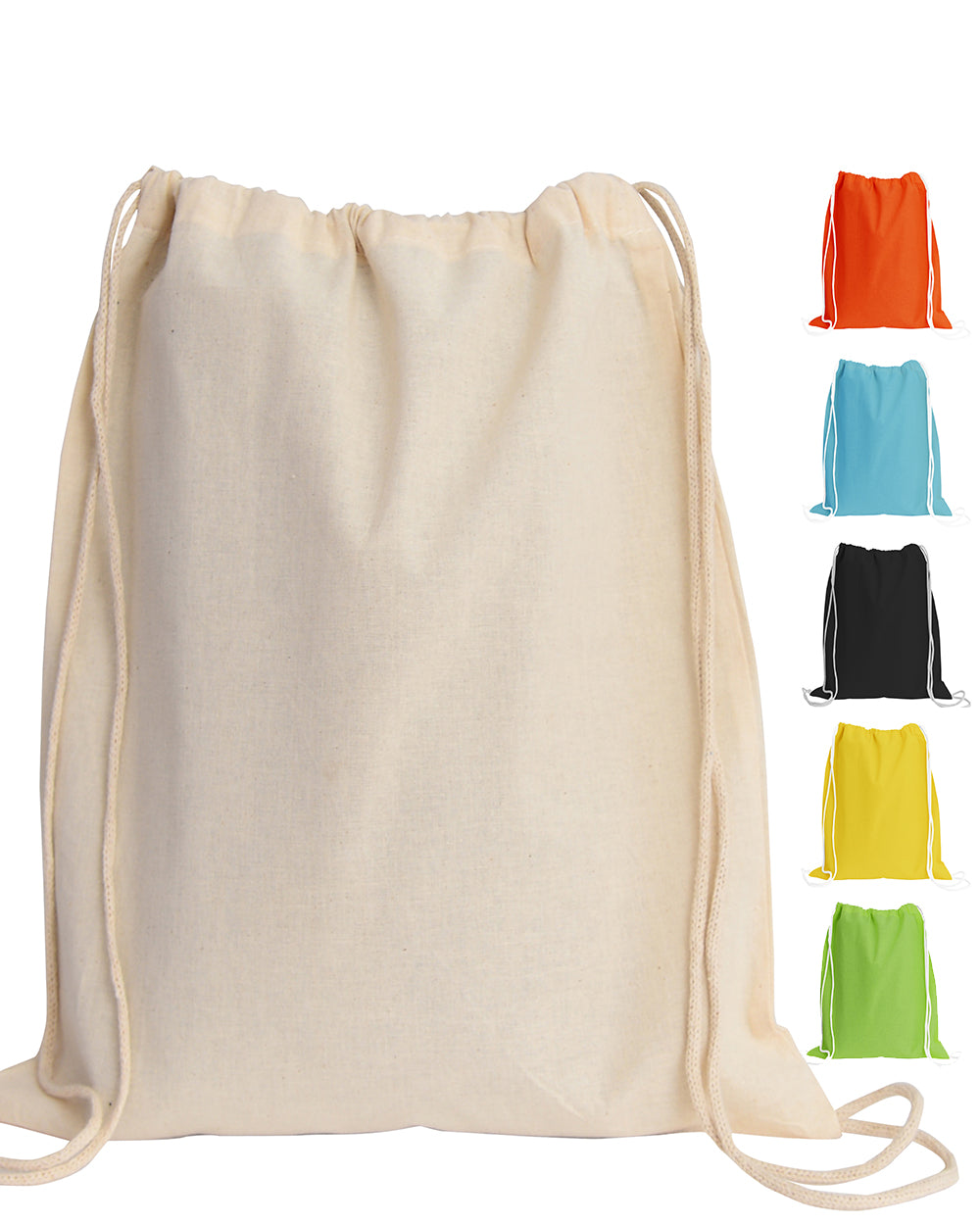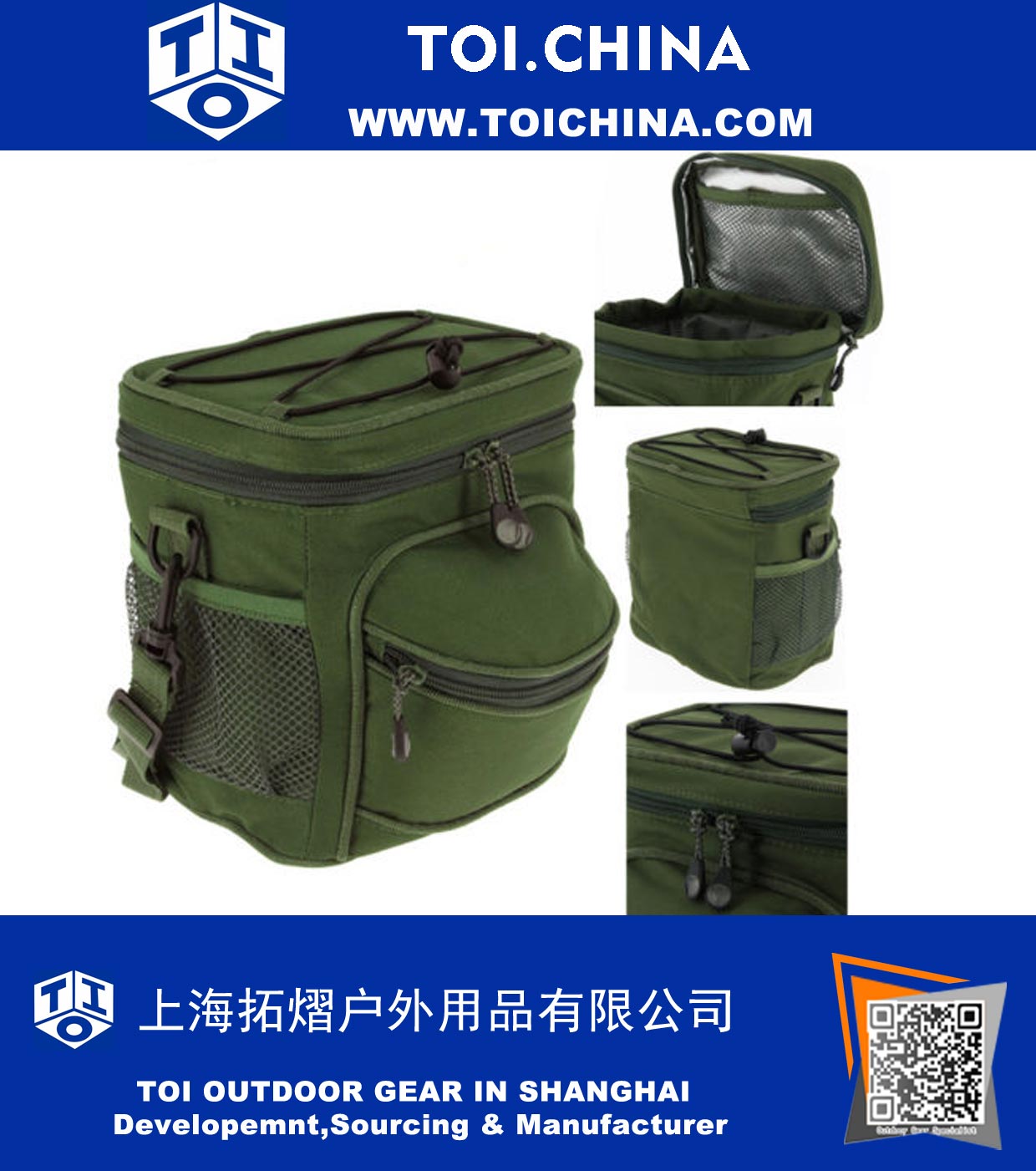Starting a leather goods business involves defining your niche, sourcing quality materials, mastering your craft, and building a strong brand identity.
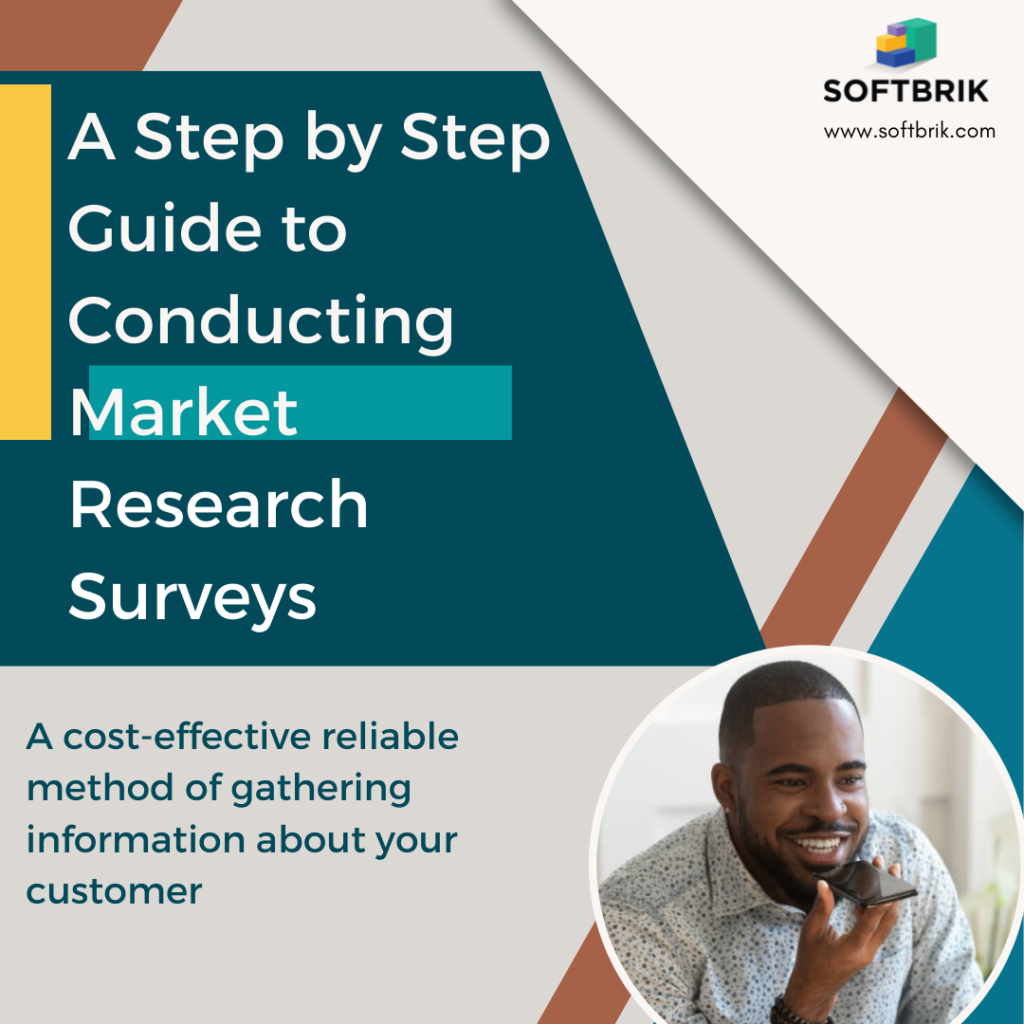
Stage 1: Laying the Foundation for Your Leather Crafting Venture
Stage 2: Sourcing and Equipping Your Workshop
Stage 3: The Art of Creation and Branding
Stage 4: Pricing, Marketing, and Sales
Scaling Your Passion into a Profession
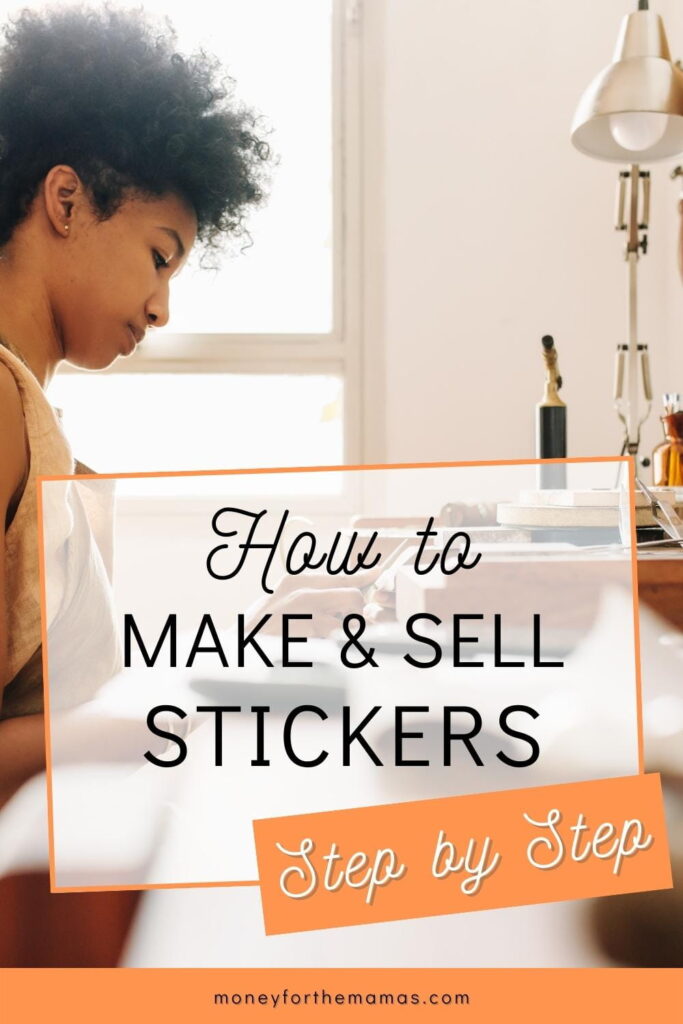
How to Start a Leather Goods Business: A Proven Step-by-Step Guide for Beginners
The allure of leather is timeless. It speaks of durability, tradition, and a personal touch that mass-produced items often lack. Transforming this raw, beautiful material into functional art is a rewarding skill. Turning that skill into a thriving business is an achievable dream. This comprehensive breakdown provides a actionable roadmap for aspiring artisans and entrepreneurs to launch their own handmade leather brand, from the initial spark of an idea to the first sale and beyond.
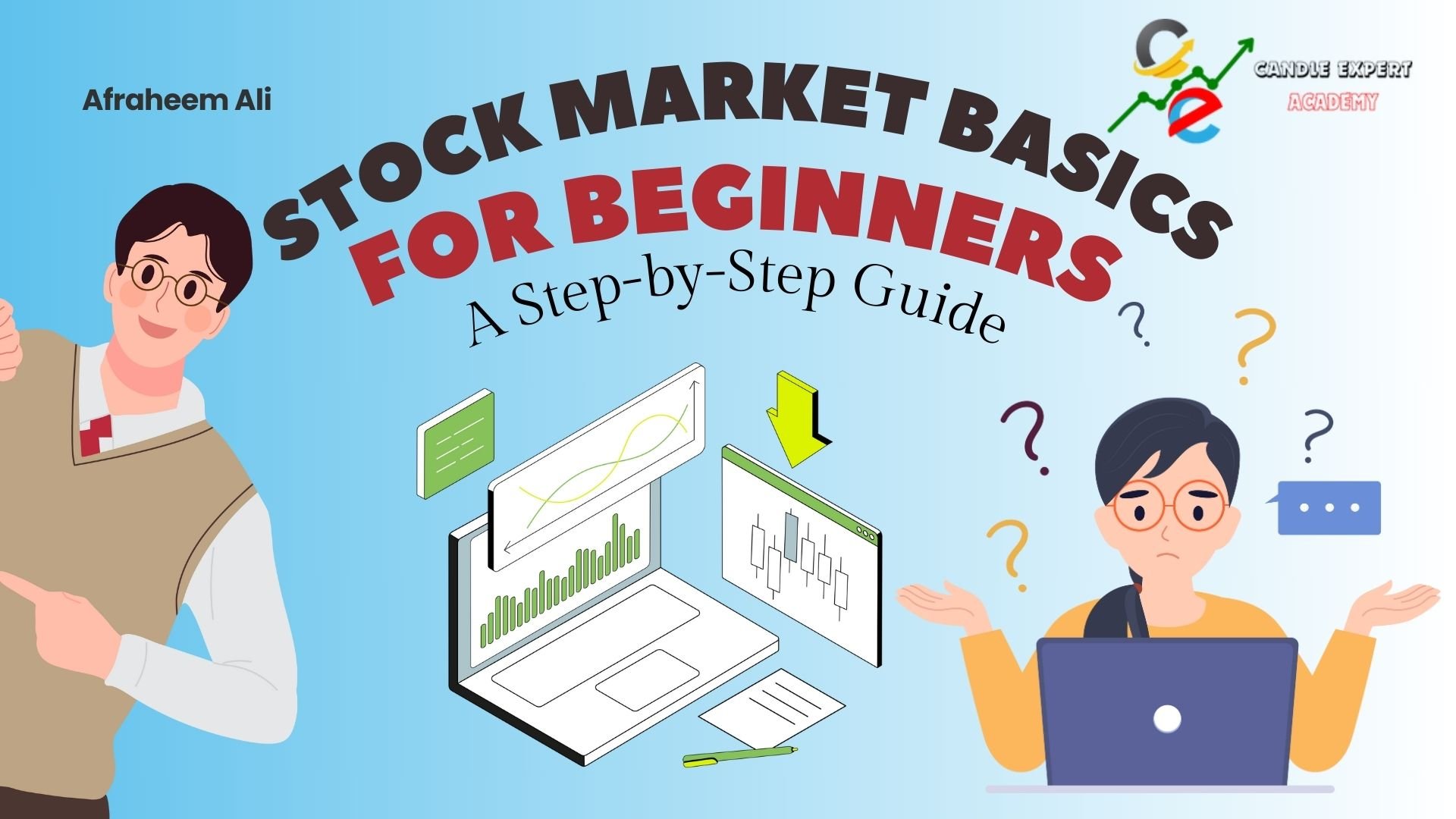
Stage 1: Laying the Foundation for Your Leather Crafting Venture
Before the first cut is made or a single stitch is sewn, a solid foundation must be built. This initial phase is about strategic planning and making critical decisions that will shape the identity and trajectory of your business. It is where you translate your passion for leather into a viable commercial concept.
Defining Your Niche and Signature Product
The world of leather goods is vast. Attempting to create everything for everyone is a common pitfall. Instead, focus on a specific niche to establish expertise and attract a dedicated customer base. What specific problem will your products solve? Who is your ideal customer? Answering these questions is fundamental. Will you craft minimalist wallets for the modern professional, rugged belts for the outdoor enthusiast, or elegant handbags for the fashion-conscious consumer?
Start with a signature product—one item you can perfect and become known for. This could be a bifold wallet, a classic tote bag, or a unique keychain design. Mastering a single product builds your skills, streamlines your production process, and creates a strong entry point into the market. As your brand grows, you can expand your collection based on customer feedback and market demand.
| Niche Category | Potential Products | Target Audience | Skill Level to Start |
|---|---|---|---|
| Everyday Carry (EDC) | Wallets, Key Fobs, Belts, Watch Straps | Professionals, Minimalists, Tech Enthusiasts | Beginner to Intermediate |
| Bags & Totes | Totes, Crossbody Bags, Backpacks, Dopp Kits | Students, Commuters, Travelers, Parents | Intermediate to Advanced |
| Accessories & Decor | Coasters, Journals, Mouse Pads, Valet Trays | Homeowners, Gift Shoppers, Corporate Clients | Beginner |
| Pet Goods | Collars, Leashes, Harnesses | Pet Owners, Boutique Pet Stores | Intermediate |
Crafting a Comprehensive Business Plan
A business plan is your strategic blueprint. It does not need to be a hundred-page document, but it should clearly outline your goals and how you intend to achieve them. This document forces you to think critically about every facet of your operation.
Your plan should include:
- Mission Statement: What is the core purpose of your brand? Is it to preserve traditional crafting techniques or to create innovative modern designs?
- Market Analysis: Who are your competitors? What are their strengths and weaknesses? How will your brand be different?
- Products & Services: Detail the items you will sell, including variations in leather type, color, and hardware.
- Marketing & Sales Strategy: How will customers find you? Which platforms will you use to sell your products?
- Financial Projections: Estimate your startup costs (tools, initial material order), product pricing, and projected revenue for the first year. Be realistic about your initial profitability.
Understanding the Legal and Financial Framework
Navigating the legal requirements is a non-negotiable step for establishing a legitimate business. Start by deciding on a business structure. A Sole Proprietorship is the simplest to set up, but an LLC (Limited Liability Company) offers personal liability protection, separating your personal assets from your business debts. It is highly recommended to consult with a legal or financial professional to choose the best structure for your situation.
Next, you will need to register your business name and obtain any necessary local, state, or federal permits and licenses. Set up a dedicated business bank account to keep your finances organized from day one. This simplifies bookkeeping, makes tax time easier, and presents a more professional image to suppliers and customers.
Stage 2: Sourcing and Equipping Your Workshop
With a solid plan in place, it is time to gather the physical components of your business: the raw materials and the tools to shape them. The quality of your materials and the efficiency of your tools will directly impact the final quality of your products and your enjoyment of the craft.
Where to Source High-Quality Leather and Hardware
The leather you choose is the heart of your product. Understanding the different types of leather is crucial. Full-grain leather is the highest quality, retaining the natural grain and markings of the hide, making it incredibly durable and beautiful. Top-grain leather has been sanded to remove imperfections, offering a more uniform appearance. For a beginner, starting with vegetable-tanned leather sides or panels is often a good choice, as it is excellent for tooling, molding, and developing a rich patina over time.
Reputable suppliers are essential partners. Look for tanneries and distributors known for their consistency and quality. Do not be afraid to order sample packs to feel the different weights, tempers, and finishes before committing to a large hide. Similarly, source high-quality hardware—buckles, rivets, snaps, and zippers. Solid brass or stainless steel hardware will last as long as the leather itself, reinforcing the premium nature of your brand.
Assembling Your Essential Toolkit: From Beginner to Pro
You do not need a workshop full of expensive machinery to start. A few high-quality hand tools are all that is required to create professional-grade products. Focus on acquiring essential items first and upgrade or expand your collection as your skills and product line grow.
| Tool Category | Beginner Essentials | Professional Upgrades |
|---|---|---|
| Cutting | Rotary Cutter or Utility Knife, Cutting Mat, Steel Ruler | Round Knife/Head Knife, Strap Cutter |
| Stitching | Stitching Chisels/Pricking Irons, Harness Needles, Waxed Thread, Stitching Pony | Industrial Sewing Machine, French-style Pricking Irons |
| Finishing | Edge Beveler, Burnishing Slicker, Sandpaper, Beeswax/Tokonole | Electric Edge Creaser, Dremel with Burnishing Bit |
| Assembly | Scratch Awl, Mallet (Rawhide or Poly), Wing Divider, Hole Punches | Arbor Press for setting snaps/rivets |
Stage 3: The Art of Creation and Branding
This is where your vision takes physical form. This stage focuses on refining your craft, ensuring impeccable quality in every piece, and wrapping it all in a compelling brand identity that connects with your target audience.
Mastering Your Craft: Production and Quality Control
Consistency is key to building a professional brand. Every product that leaves your workshop is a representation of your standards. Practice your core skills—cutting straight lines, creating clean stitch lines, and finishing edges smoothly—until they become second nature. A perfectly burnished edge or a flawless saddle stitch is a hallmark of true craftsmanship.
Develop a rigorous quality control process. Before a product is packaged, inspect it from every angle. Are the stitches even? Are there any tool marks or blemishes? Is the hardware set securely? Being your own harshest critic ensures that your customers receive a product that not only meets but exceeds their expectations. This dedication to quality builds trust and encourages repeat business.
Developing a Brand That Resonates
Your brand is much more than just a logo; it is the entire experience you offer your customers. It is the story you tell, the values you uphold, and the feeling people get when they interact with your products. Your brand identity should be reflected in everything from your business name and logo to your packaging and product descriptions.
Think about what makes your work unique. Perhaps it is your commitment to using sustainably sourced materials or a design philosophy rooted in minimalism. This narrative is what sets you apart. Brands like Beldtura Leather succeed by building their identity around core principles like durability, timeless design, and the inherent beauty of full-grain leather. Their story is woven into every handcrafted wallet and belt, creating a connection with customers who value authenticity and lasting quality.
Product Photography That Sells
In the digital marketplace, your photos are your storefront. High-quality product photography is non-negotiable. You do not need an expensive camera to get started; modern smartphones are incredibly capable. The key is to focus on lighting, composition, and consistency.
Natural light is your best friend. Shoot near a large window on an overcast day to get soft, even light that highlights the texture of the leather. Capture your products from multiple angles. Include a “hero” shot on a clean background, detail shots that show off your stitching and edge work, and lifestyle shots that show the product in use. This helps customers visualize the item in their own lives and appreciate the fine details of your craftsmanship.
Stage 4: Pricing, Marketing, and Sales
Creating beautiful products is only half the battle. To run a successful business, you must effectively price, market, and sell them. This stage bridges the gap between the workshop and the customer.
How to Price Your Handmade Leather Goods for Profit
Pricing is one of the most challenging aspects for new makers, who often undervalue their time and skill. A simple but effective formula to determine your wholesale price is:
(Cost of Materials + (Your Hourly Wage x Hours to Make)) x 2 = Wholesale Price
The retail price is typically double the wholesale price. This structure ensures you cover your costs, pay yourself a fair wage, have a margin for profit, and can offer a wholesale discount to potential retail partners in the future. Do not compete on price; compete on quality, story, and craftsmanship.
Choosing Your Sales Channels: Online and Offline
Where will you sell your products? Each channel has its own set of advantages and challenges. Many businesses start with one or two channels and expand over time.
| Sales Channel | Pros | Cons |
|---|---|---|
| Etsy | Large, built-in audience of buyers looking for handmade goods; easy setup. | High competition; transaction and listing fees; less brand control. |
| Your Own Website (e.g., Shopify) | Full control over branding and customer experience; no direct competitors on your site. | You are responsible for driving all traffic; monthly platform fees. |
| Local Markets & Craft Fairs | Direct customer interaction and feedback; immediate sales. | Can be physically demanding; booth fees; weather-dependent. |
| Social Media (e.g., Instagram Shopping) | Seamless shopping experience for followers; great for visual products. | Reliant on building a substantial, engaged following. |
Marketing Strategies for Your Artisan Leather Enterprise
Marketing is about telling your brand’s story to the right people. For a visual craft like leatherwork, social media platforms like Instagram and Pinterest are powerful tools. Share high-quality photos and videos of your products, your workspace, and your creative process. Behind-the-scenes content helps build a community around your brand.
Consider starting a simple blog or email newsletter. Share your knowledge about leather care, explain the benefits of different types of leather, or tell the story behind a new product design. This positions you as an expert and builds trust with your audience. Engaging with other makers and relevant communities can also increase your visibility and establish your presence in the industry.
Scaling Your Passion into a Profession
As orders increase and your brand gains traction, you will face new challenges and opportunities. Scaling your business means growing thoughtfully without sacrificing the quality and values that made you successful in the first place. This could involve streamlining your production process by creating jigs and templates, investing in upgraded tools to increase efficiency, or hiring help for tasks like packaging and administration.
Expanding your product line is another avenue for growth. Listen to your customers. What other items do they ask for? A successful expansion builds logically on your existing offerings. A brand that perfects a wallet, like the expertly crafted options from Beldtura Leather, can naturally expand into belts, cardholders, and other accessories that appeal to the same customer who values full-grain materials and enduring construction. The key is to grow at a sustainable pace, ensuring that every new product meets the high standard you have set for your brand.

